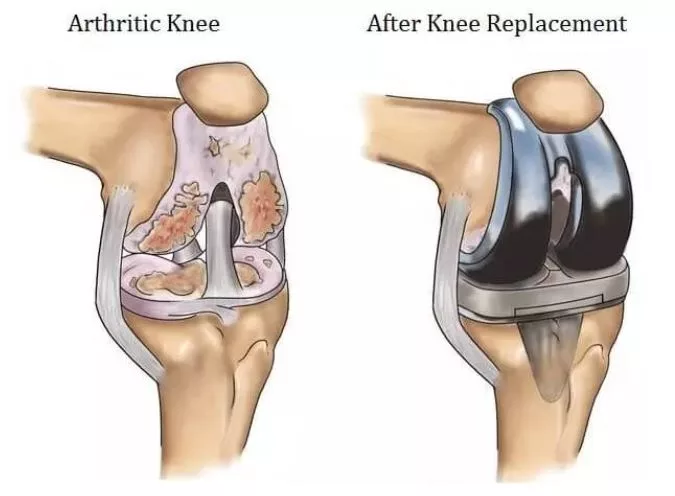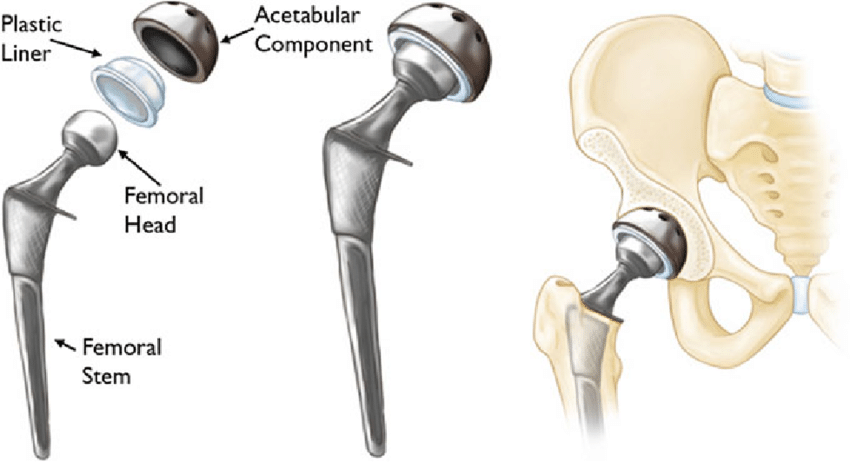Table of content
1. Knee Replacement Surgery and Arthroscopic Knee Surgery Recovery:
2. Hip Replacement Surgery and Joint Replacement Rehabilitation:
3. Shoulder Surgery Recovery and Orthopedic Rehabilitation:
4. Spinal Surgery Recovery and Neurological Rehabilitation:
5. Cardiac Rehabilitation and Post-Operative Care:
6. Sports Injury Rehabilitation and Trauma Surgery Recovery:
7. Stroke Rehabilitation and Neurological Services:
8. Aquatic Therapy and Inpatient Rehabilitation Facilities:
Conclusion
Rehabilitation services are essential for individuals undergoing surgery or recovering from injuries. These services encompass a wide range of programs tailored to specific needs, aiding in the recovery process and enhancing overall health. Let's delve into various rehabilitation programs available and their significance in assisting individuals through recovery.

Knee Replacement Surgery and Arthroscopic Knee Surgery Recovery:
After knee replacement or arthroscopic knee surgery, physical therapy exercises are vital. These exercises focus on regaining knee mobility and strength. Rehabilitation centers offer tailored programs to facilitate post-surgery recovery, helping individuals regain their ability to walk and perform daily activities pain-free.
Hip Replacement Surgery and Joint Replacement Rehabilitation:
Similar to knee replacement, hip replacement surgery necessitates post-surgery rehabilitation. Rehabilitation centers specialize in joint replacement rehabilitation, providing exercises and therapies to enhance hip mobility and strength, allowing individuals to resume their normal activities comfortably.

Shoulder Surgery Recovery and Orthopedic Rehabilitation:
Shoulder surgery recovery often involves physical therapy exercises aimed at restoring shoulder mobility and strength. Orthopedic rehabilitation centers offer specialized programs focusing on shoulder recovery, ensuring individuals regain functionality and range of motion in their shoulders.
Spinal Surgery Recovery and Neurological Rehabilitation:
Following spinal surgery, rehabilitation services are crucial for optimal recovery. Neurological rehabilitation services aid individuals in regaining movement, coordination, and balance. These specialized programs are designed to assist those recovering from spinal injuries or surgeries, helping them regain independence and functionality.
Cardiac Rehabilitation and Post-Operative Care:
Cardiac rehabilitation programs focus on exercises and lifestyle changes to improve heart health after cardiac surgery. Post-operative care is also crucial for overall recovery, ensuring individuals receive appropriate medical attention and support during their recuperation period.
Sports Injury Rehabilitation and Trauma Surgery Recovery:
For athletes and individuals with sports-related injuries or trauma surgeries, rehabilitation is pivotal. Sports injury rehabilitation programs offer tailored exercises and therapies aimed at restoring strength and flexibility, enabling individuals to return to their athletic pursuits or daily activities.
Stroke Rehabilitation and Neurological Services:
Stroke rehabilitation centers specialize in aiding stroke survivors in regaining speech, movement, and cognitive functions. Neurological rehabilitation services encompass therapies that assist individuals in coping with and overcoming neurological conditions, fostering independence and quality of life.
Aquatic Therapy and Inpatient Rehabilitation Facilities:
Aquatic therapy involves exercises performed in water, offering a low-impact environment for rehabilitation. Inpatient rehabilitation facilities provide comprehensive care and therapies for individuals requiring intensive, round-the-clock rehabilitation services.
Conclusion:
Rehabilitation services cater to diverse needs, aiding individuals in recovering from surgeries and injuries. These services encompass specialized programs, exercises, and therapies designed to enhance mobility, strength, and overall well-being. Understanding the available rehabilitation options is crucial for a smoother and more effective recovery journey, ensuring individuals regain their optimal functionality and quality of life.


You must be logged in to post a comment.